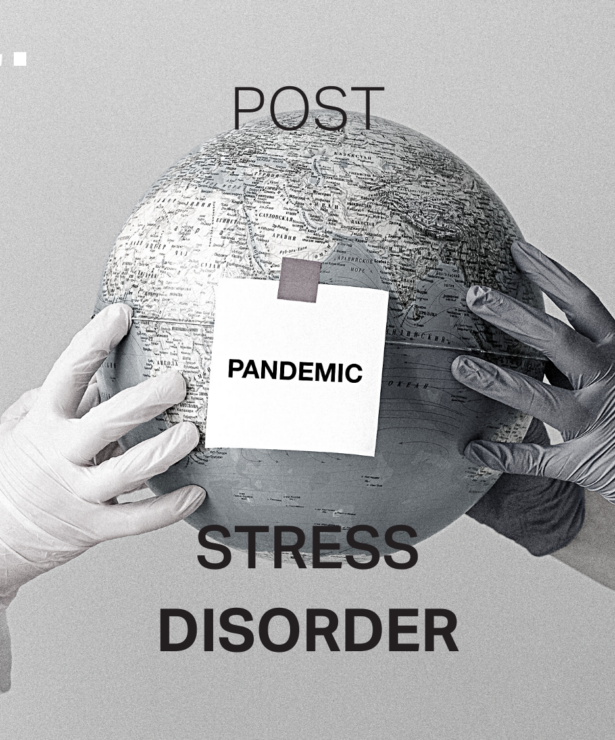Treatment and Recovery
Cannabinoids are one of the hottest areas of medical research right now. As the suspicious attitudes of the twentieth century give way to a more inquisitive modern mindset, we are realising more and more the pivotal role that these complex compounds can and do play in regulating our health. It seems as if every week there is a new breakthrough surrounding cannabinoids – another benefit to their use, or another therapeutic application for them. Things are looking up for a plant once demonised and considered a scourge of society.
It should come as no surprise, then, that there is a burgeoning body of research concerning cannabinoids and cardiovascular diseases. This is more than welcome, as cardiovascular diseases are the leading cause of death globally, responsible for almost 18 million deaths per year. It is estimated that 620 million people worldwide are currently living with some form of cardiovascular disease, with this number rising thanks to lifestyle changes and aging populations.
So, how can cannabinoids help in combating this global issue? Let’s find out! Today, PĒLL delves into the science of cannabinoids and cardiovascular diseases, to give you some insight into this fascinating field of research and provide you with some practical recommendations, too!
The Endocannabinoid System – Phytocannabinoids’ Gateway to the Body
If you are not familiar with cannabinoids, you may justifiably wonder how these compounds can exert such an influence over the body. The answer is a complex network of compounds, proteins, and receptors known as the endocannabinoid system (ECS). Endocannabinoids are simply cannabinoids created within the body (endogenous cannabinoids), as opposed to phytocannabinoids that are derived from plants (the kind used by PĒLL) and synthetic cannabinoids that are created in a laboratory.
The name ‘cannabinoid’ comes from the fact that the first discovered compounds of the kind were found within cannabis plants. This moniker may cause one to assume that cannabinoids are unique to cannabis plants, but they are just as naturally occurring and prevalent in the human body as nerves, blood cells, and organs. Indeed, it is precisely because endocannabinoids and the ECS are found within humans that any external cannabinoids introduced to the body have any effect at all!
The ECS plays a vital role in human development, being present from the earliest stages of pregnancy, with expression of receptors detectable throughout the development of foetus and child. In adults, the ECS modulates neuronal activity and networking throughout the human body and its many internal systems. Phytocannabinoids can be introduced to the body through the ECS, activating receptors and causing the expression of natural compounds within the body that regulate its functions.
What does all this mean then? Put simply, phytocannabinoids can stimulate the ECS, which in turn can affect positive changes within the body. Through our nerves, the ECS can reach almost every part of the body, including the brain, gut, and cardiovascular system.
How Can Phytocannabinoids Help Those With Cardiovascular Diseases?
Whilst research of a potential role for cannabinoids in the treatment of cardiovascular diseases is ongoing and still in its nascency, early signs are encouraging. Positive effects of cannabidiol (CBD) use have been observed in patients suffering from a wide variety of cardiovascular diseases. These effects include decreasing organ damage and dysfunction, lowering both oxidative and nitrative stress, and reducing the amount of inflammation and apoptosis (cell death) present.
The ECS has been shown to be overactive (i.e. purposely stimulated by the body to be more active than usual) when the human body is suffering from a cardiovascular disease. Cannabinoids modulate key cardiovascular parameters such as blood pressure, heart rate, inflammation, and the contractility of the heart and vascular system.
Phytocannabinoids have been shown to positively contribute towards the function of the ECS, thereby increasing the effectiveness of its modulation. It has also been suggested that dosing with a combination of cannabinoids (sometimes referred to as full spectrum) can lead to more positive outcomes than any one cannabinoid isolate, as the various cannabinoids modulate and synergise with each other. Clearly, there is still so much more to learn in what is a very young and burgeoning field, but it’s hard not to get excited at what the future holds for cannabinoids and their therapeutic properties!
Taking Control of Your Own Cardiovascular Health
As with all medical conditions, but particularly so in the case of cardiovascular diseases, prevention will always be the body’s best defence. Try to exercise regularly – whether that be short bursts of intense exercise or longer periods of gentle movement such as walking or gardening – and eat a healthy, balanced diet that includes plenty of omega-3 fatty acids. Additionally, try to get a good amount of high-quality sleep each night and avoid tobacco products and excess alcohol consumption. Your heart will thank you!
Unfortunately, however, despite all of our best efforts, some of us will inevitably suffer from a cardiovascular disease (perhaps you already are, and that’s how you’ve found this blog!). Common symptoms include chest pain, weakness or a numb feeling in the limbs, breathlessness, dizziness, or an irregularly fast or slow heartbeat. If you experience any of these, seek medical advice as soon as possible.
Your doctor will create a treatment and recovery plan to help you get back to your best as soon as possible. As our understanding of the importance of the ECS and cannabinoids grows, it becomes clearer and clearer that phytocannabinoids (such as the ones offered by PĒLL) can play an important supplementary role in the initial stages and aftermath of cardiovascular disease, as well as a host of other benefits when used regularly. Consider picking up some phytocannabinoids from PĒLL today – a happier, healthier you may be just around the corner!
Ready to start utilising CBD and other cannabinoids in your cardiovascular disease treatment or recovery plan? Take a look at our wide range of phytocannabinoids here, or talk to one of our PĒLL experts, who can help find the perfect cannabinoid solution for you!
References
- Bondarenko A. I. (2019). Cannabinoids and Cardiovascular System. Advances in experimental medicine and biology, 1162, 63–87. https://doi.org/10.1007/978-3-030-21737-2_5
- British Heart Foundation (2023). Global Heart & Circulatory Diseases Factsheet. https://www.bhf.org.uk/-/media/files/for-professionals/research/heart-statistics/bhf-cvd-statistics-global-factsheet.pdf?rev=e61c05db17e9439a8c2e4720f6ca0a19&hash=6350DE1B2A19D939431D876311077C7B
- Crocq M. A. (2020). History of cannabis and the endocannabinoid system
- . Dialogues in clinical neuroscience, 22(3), 223–228. https://doi.org/10.31887/DCNS.2020.22.3/mcrocq
- Harvard T.H. Chan School of Public Health (2023). The Nutrition Source – Preventing Heart Disease. https://www.hsph.harvard.edu/nutritionsource/disease-prevention/cardiovascular-disease/preventing-cvd/
- Kicman, A., & Toczek, M. (2020). The Effects of Cannabidiol, a Non-Intoxicating Compound of Cannabis, on the Cardiovascular System in Health and Disease. International journal of molecular sciences, 21(18), 6740. https://doi.org/10.3390/ijms21186740
- Jain, A. P., Aggarwal, K. K., & Zhang, P. Y. (2015). Omega-3 fatty acids and cardiovascular disease. European review for medical and pharmacological sciences, 19(3), 441–445. https://www.europeanreview.org/article/8446
- Lu, H. C., & Mackie, K. (2021). Review of the Endocannabinoid System. Biological psychiatry. Cognitive neuroscience and neuroimaging, 6(6), 607–615. https://doi.org/10.1016/j.bpsc.2020.07.016
- Pacher, P., Steffens, S., Haskó, G., Schindler, T. H., & Kunos, G. (2018). Cardiovascular effects of marijuana and synthetic cannabinoids: the good, the bad, and the ugly. Nature reviews. Cardiology, 15(3), 151–166. https://doi.org/10.1038/nrcardio.2017.130
- Reid M. (2020). A qualitative review of cannabis stigmas at the twilight of prohibition. Journal of cannabis research, 2(1), 46. https://doi.org/10.1186/s42238-020-00056-8
- World Health Organization (2023). Cardiovascular Diseases. https://www.who.int/health-topics/cardiovascular-diseases






